On Saturday, May 16, a bright red, shiny cotton picker trundled its way down to a cotton field on the outskirts of Wee Waa with Matt Copelin perched proudly behind the wheel.
It was a spectacular sight to see the vintage, single row picker against a backdrop of fluffy white cotton and it attracted many curious onlookers.
“I went down to get some photos of it because it is a beautiful piece of cotton industry history,” said Wee Waa resident John Tully.
“The restoration looks magnificent, full credit to Ronan Revell.”
This is no ordinary picker – it was produced in 1948 and is a M-12-H model, International Harvester single row cotton picker that Ronan Revell saved from the trash heap and has transformed into an historical treasure that will now call the Wee Waa Namoi Echo Museum home.
The picker’s revival has been a labour of love for Mr Revell who has led the restoration project but won’t take full credit, praising his wife Wendy Revell and a dedicated army of volunteers for helping to make his dream become a reality.
“I was just so wrapped that we’d been able to finish it because it started so long ago,” said Mr Revell who collected the picker in 1997.
“Really, I would have never got it finished if it hadn’t been for other people being so interested.”
Thankfully, Mrs Revell shares her husband’s passion for preservation because the picker project has often extended beyond their big shed workshop and out onto the couple’s driveway.
Its signature ‘International Red’ paint colour has also left its mark on many items of clothing in the Revell household.
Mrs Revell was there to witness the picker’s return to a cotton field.
“I was excited for Ro after all the work but I was also excited for the whole town, “ said Mrs Revell.
The picker represents a huge part of the Cotton Capital’s history as previously documented by this newspaper.
On September 17, 1997 Mr Revell was pictured front page of the Wee Waa News with the late Vernon Fitchett after collecting the picker and setting his ambitious restoration goal. (see photo gallery)
The headline appropriately read “A piece of history”.
“One of the first single row cotton pickers employed in the region was unceremoniously hoisted from its resting place on Mr Vernon’s property ‘The Brae’,” read the 1997 Wee Waa News article.
“The relic was transported to ‘Molleen’ where it will gradually be restored under the watchful eye of Mr Ronan Revell.”
The article reported that Mr Fichett transported a shipment of second-hand pickers out from America in 1969.
“They were owned by Boswell (now owner of Auscott), a cotton company in California and I bought them for 8200 American dollars each,” Mr Fichett told the Wee Waa News at the time.
“They were designed prior to World War 11 but really were not put into full scale production until 1946.”
The need for labourers during World War 11 inspired and hurried the development and commercialisation of the mechanical cotton picker in America.
Cotton was still being hand picked at the time but there was a shortage of pickers because many were engaged in the war effort.
The M-12-H model pickers (the model Mr Revell has restored) were the first commercial pickers ever built.
Mr Revell’s picker was produced at the International Harvester’s Memphis picker factory in 1948, it was then bought by Boswell Farms and later sold and shipped out to Mr Fichett in Australia, in 1969 with a number of other second-hand pickers.
Other Wee Waa farmers also invested in the pickers as cotton became a major crop in the district.
They came in kit form and were mounted on Farmall M or MD tractors.
The harvesters picked about 10 bales per day with an average yield of half a bale per acre.
Today, farmers might have upgraded to six row cotton pickers that are much more efficient, and comfortable, but the picker’s head still uses exactly the same technology to remove the lint from the cotton plant as the original single row pickers that were sent out to Australia in the 50s and 60s.
“I’d spent so much time on a picker back when I was 19-years-old in the Ord and I just really wanted to see the history of these things maintained,” said Mr Revell in a recent interview with the Wee Waa News.
It’s a similar sentiment to what he shared with newspaper readers back in 1997.
“There are very few of these pickers left and they are very much a part of the local heritage,” said Mr Revell at the time.
“We plan to gradually dismantle the machine and draw on local experience to restore it, piece by piece.”
Fast forward 23 years and a few life experiences, challenges and triumphs later – and the picker project is complete.
It’s a milestone Mr Revell is not only able to share with his children but also with his grandchildren who were proud as punch posing for photos recently in front of the grand old machine.
“There’s been some delays and it was put aside, and it wasn’t really until we moved to town in 2007 and I built a shed with a door big enough to restore the picker, and that’s when I thought we could actually get into gear and start to do it,” said Mr Revell.
“It was a big job and there’s a lot of people who might have seen it as being impossible, but I always just felt that if you start with one piece and you get the rust off it and paint it and then you build onto it and then so on.”
Mr Revell’s pragmatic approach and restoration experience resulted in him wisely collecting not one, but two of the vintage pickers in 1997.
This enabled the project team to refer to a near complete picker model while dismantling and rebuilding another.
“I thought it was probably a good idea because there wasn’t one around here that I knew of at the time that was complete enough to work off,” said Mr Revell.
“And so we knew where everything went back again and how to put it back together again.
“And the other one, we just had to tear down to the last nut and bolt nearly so we could start with the very bottom bits and with cleaning and fixing them.”
There’s been plenty of blood, sweat and tears shed while sanding, welding, sandblasting, painting and cleaning.
“An enormous amount of time has been put into it,” said Mr Revell who constantly acknowledges the hard work of his project team members.
“I guess I became a project manager. I’m always making lists – ‘what are we doing next? And where do we go after that?’.
“The fixings on it were atrocious, and they’d been modified too.
“We found things have been cut and welded so many times and fixed up so many times by people who could hardly weld,” said Mr Revell.
“So we had to go back to the start and try and get it back to the original and that was quite a job on some of the bits.”
The elusive search for parts has taken the Revells on many adventures – they travelled to Toowoomba to find the perfect Farmall MD tractor to sit the picker on and even had to ‘go global’ in their pursuit of some pieces, thanks to the internet the parts could be ordered online.
The Kahl family’s ‘historical machinery collection’ was also a treasure trove when it came to sourcing parts.
“That’s where we found the gear stick, finding the right gear stick was one of the hardest things,” said Mr Revell.
“The fan was another difficult thing. It’s quite a big drum fan with one, big aluminium propeller in it.
“Some of them were just too badly corroded, we looked a long way to find a fan off a cotton picker because I think they were just something that went wrong a lot of the time.”
Of course, achieving victory after much trial and error is one of the greatest feelings during a restoration project.
“Definitely everything didn’t work first go,” said Mr Revell.
“There were lots of bits where we put them on and found out that they wouldn’t fit where we thought they were supposed to go.
“There were a lot of things we had to really scrounge around to find.
“And that’s why it takes so long and that’s why there’s often delays too.
“And then you think you’ve got it right and then – ‘oops’, it didn’t work and you’ve got to take it off and figure out why it didn’t work.”
However, Mr Revell said for him the ‘victory moment’ was seeing the picker’s basket in action and working correctly.
“I think it was when we saw the basket go up,” he said with a smile.
“Getting the basket frames right after so many modifications had been done to them over the years was really quite difficult.”
The picker is now fully restored and ready to take pride of place in the Wee Waa Echo Museum for both locals and tourists to enjoy and discover after it’s major makeover.
“I know the museum needs a boost in its morale and a thing like this can probably boost the morale and get a few more people coming along,” said Mr Revell.
“I think it will be a good draw card and if there’s going to be one in a museum somewhere then it should be in Wee Waa.”
Mr Revell is incredibly grateful for the community’s support.
The number of farmers, tradespeople, organisations and businesses who have put their hand up to help is a reflection of the district’s desire to preserve an important piece of its history.
“It has been fantastic – the number of people who’ve said ‘oh I can help, I’ll do that, I can fix that’.
“For example, I would never have been able to finish this job if it hadn’t been for someone like Matt Copelin who came to help in the garden with his wife and he saw the picker and he was very excited about it and he said – ‘I’ll come out and give you a hand if you like’.
“It really has been fantastic.”
To order photos from this page click here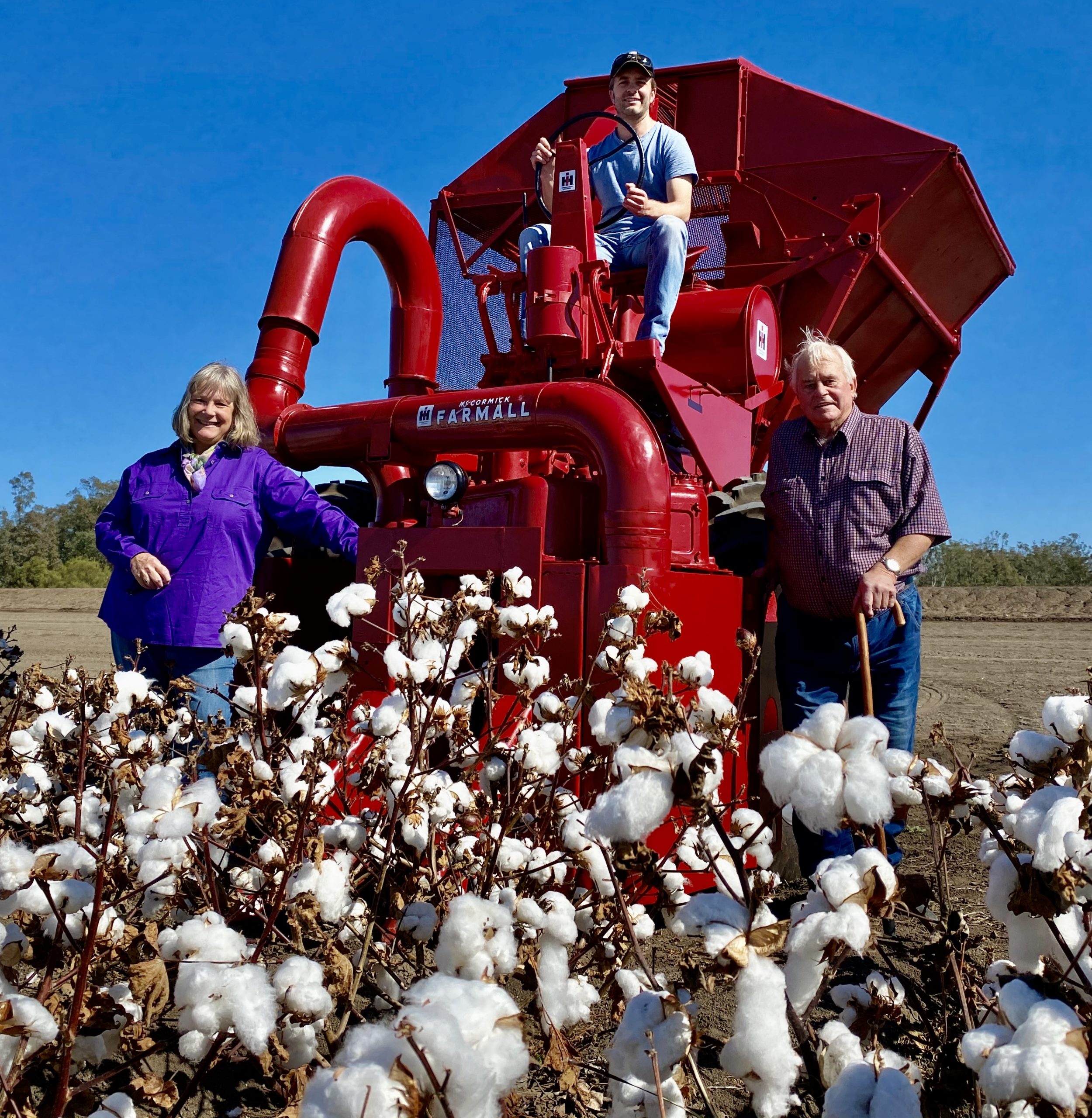


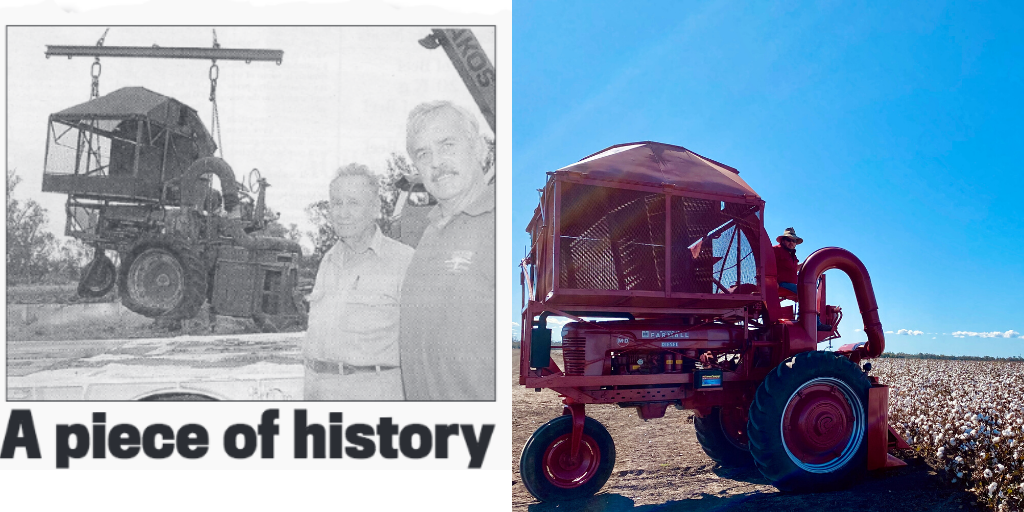
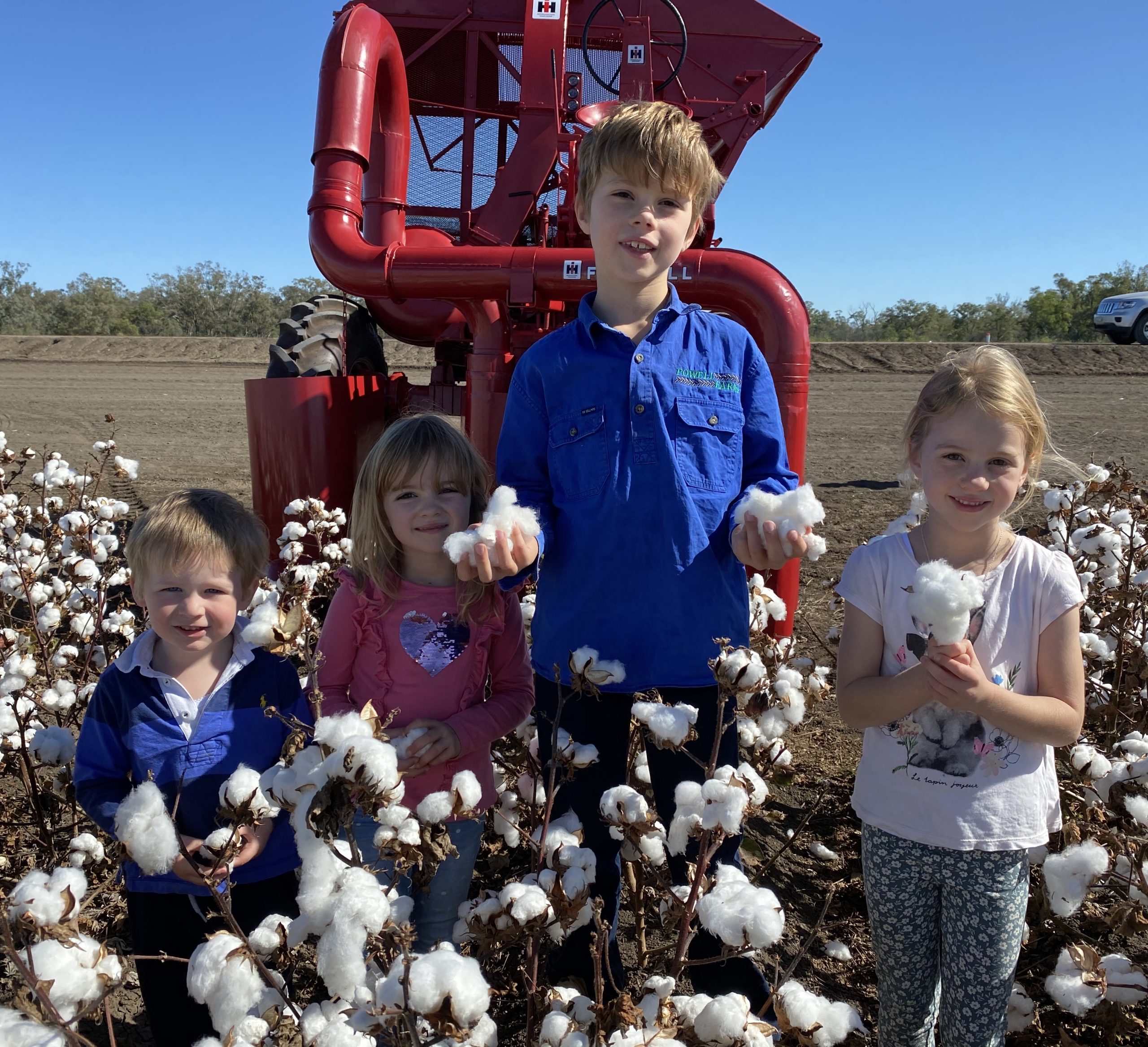
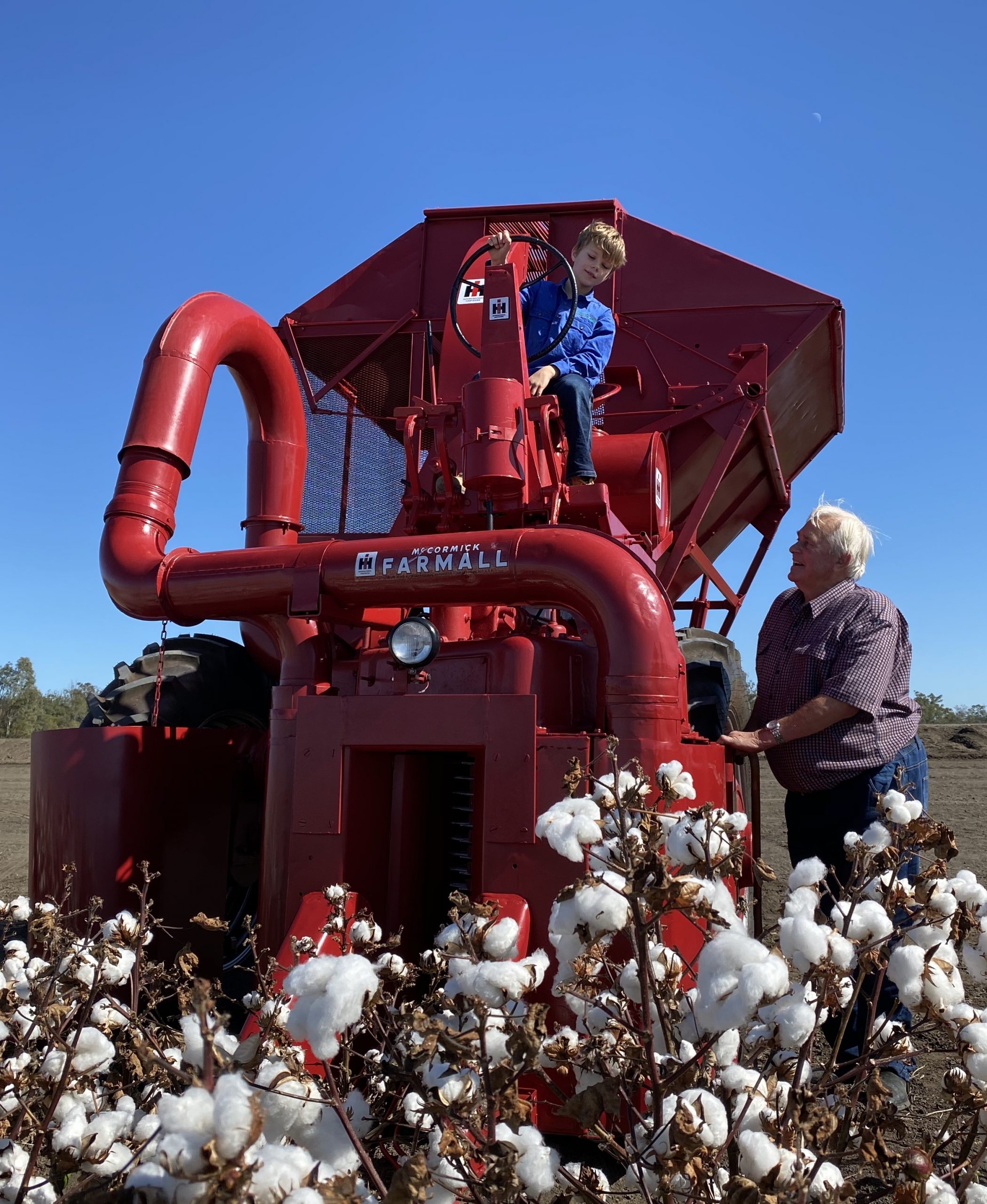
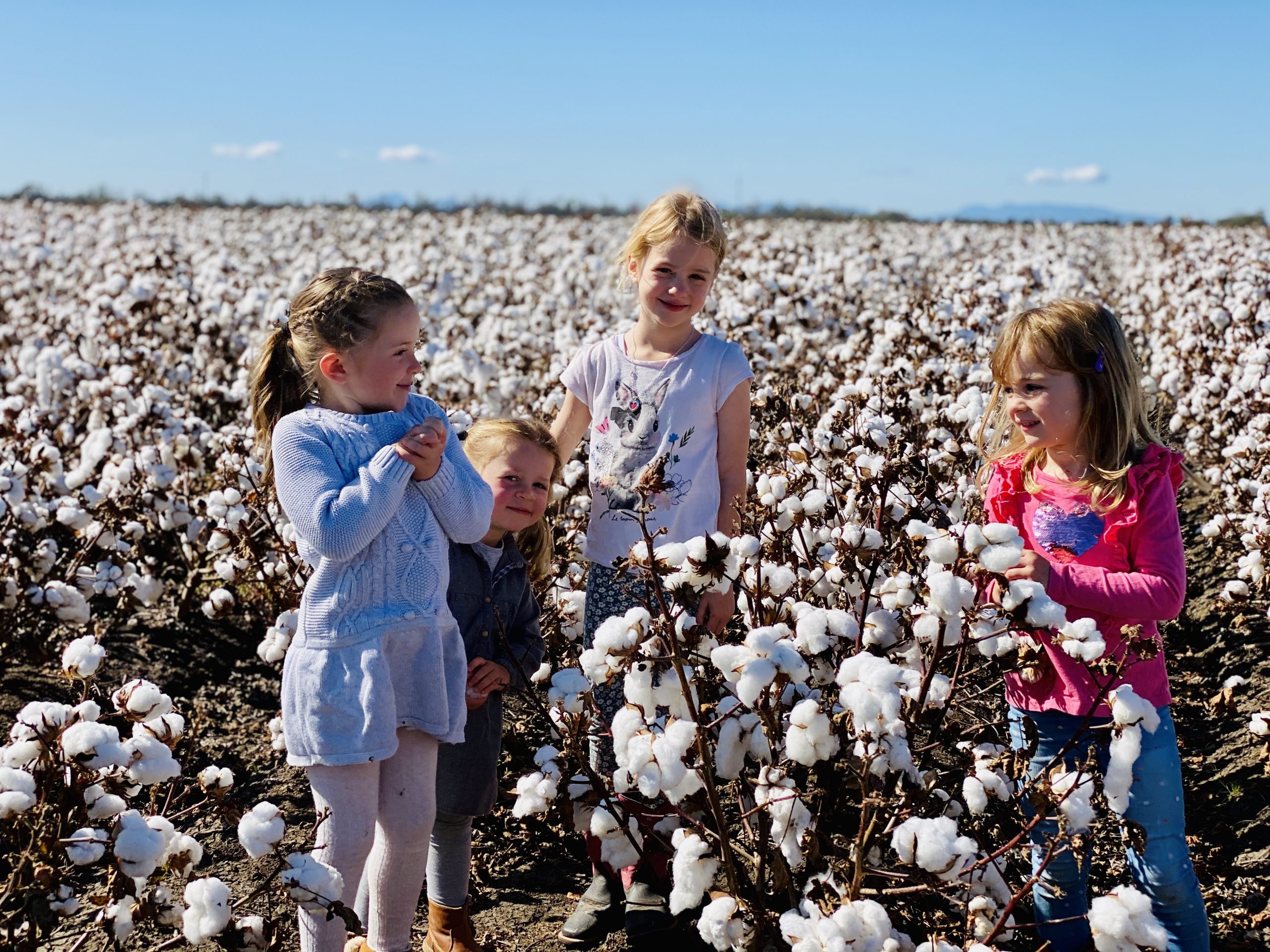
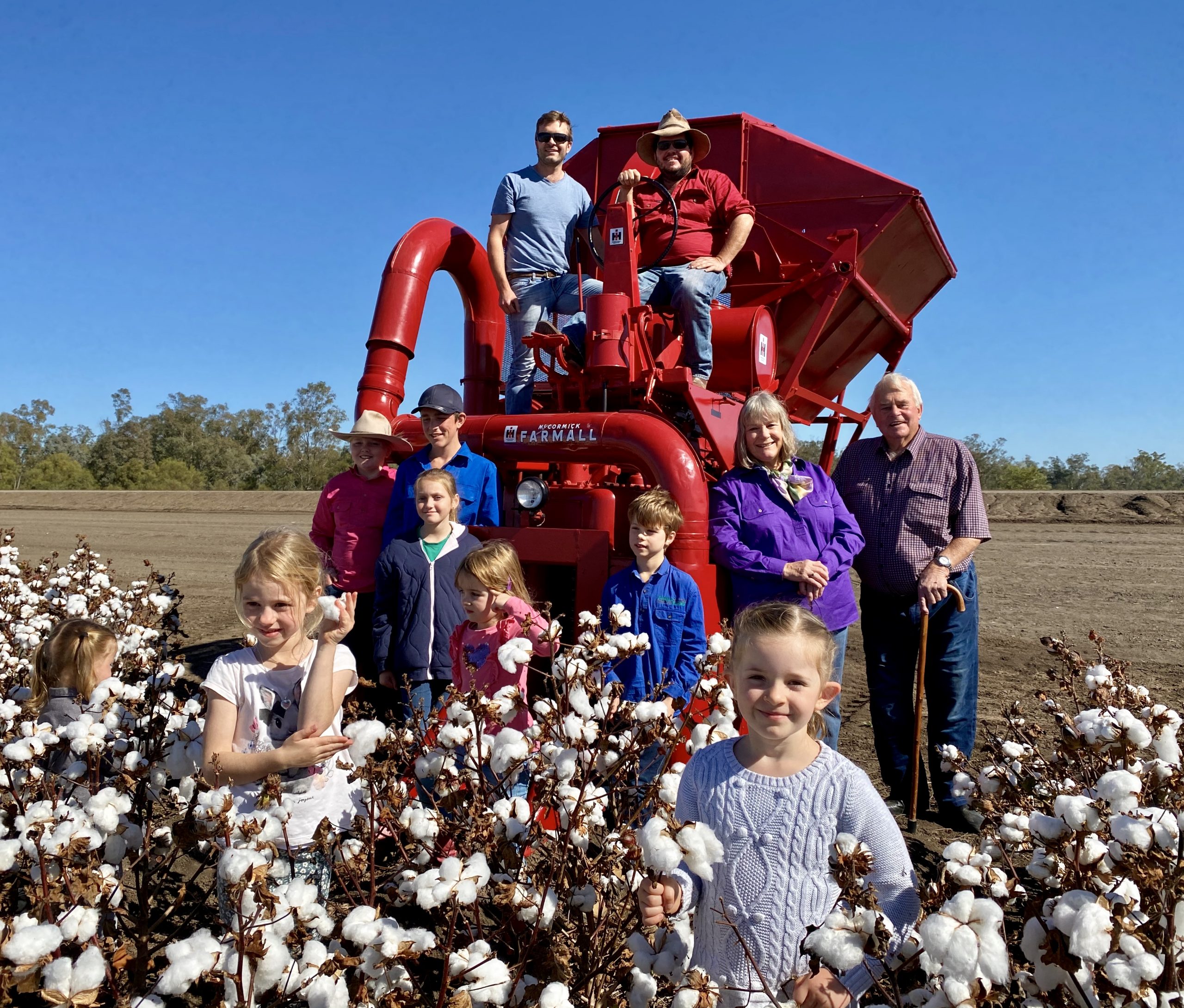
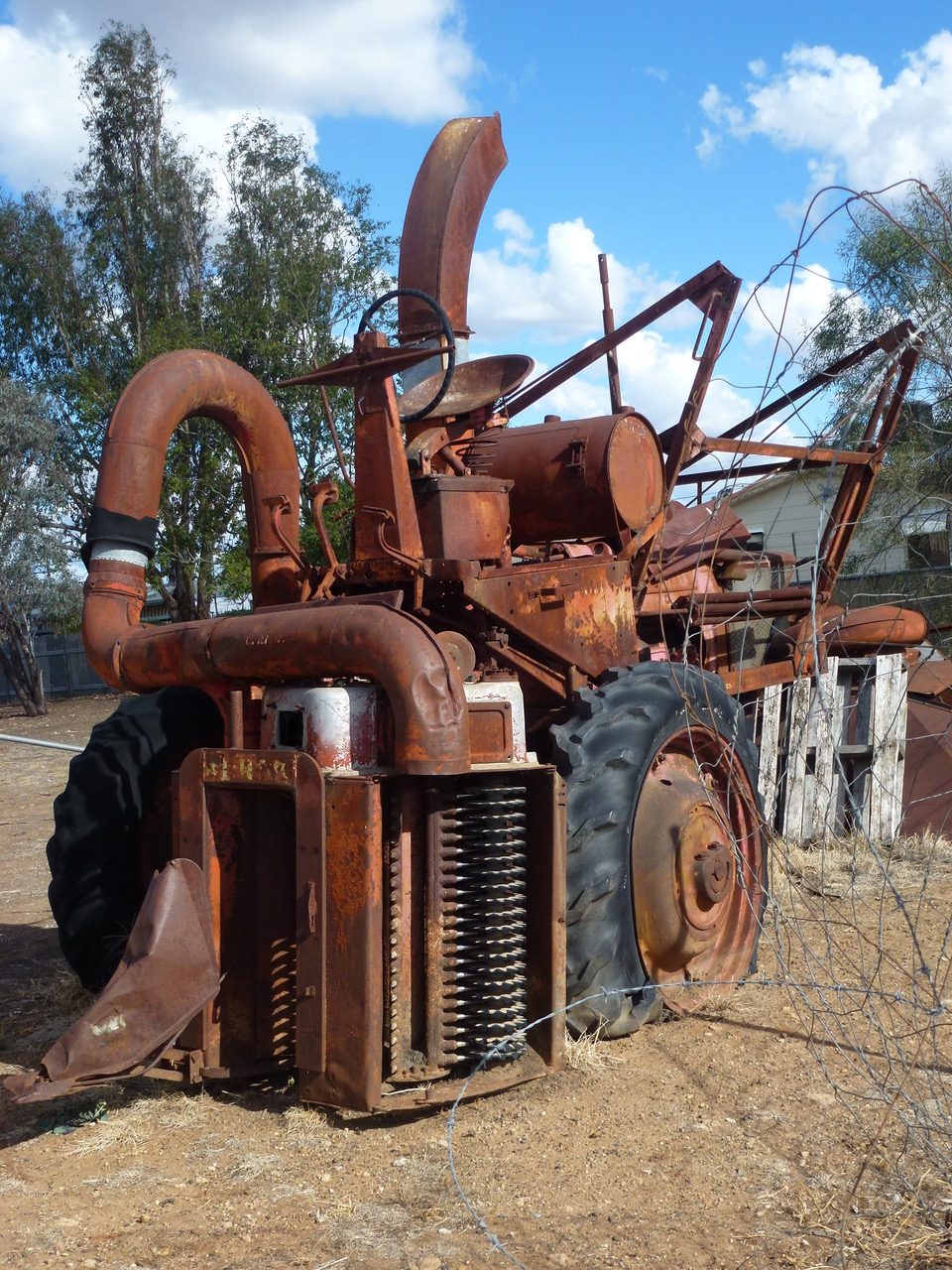
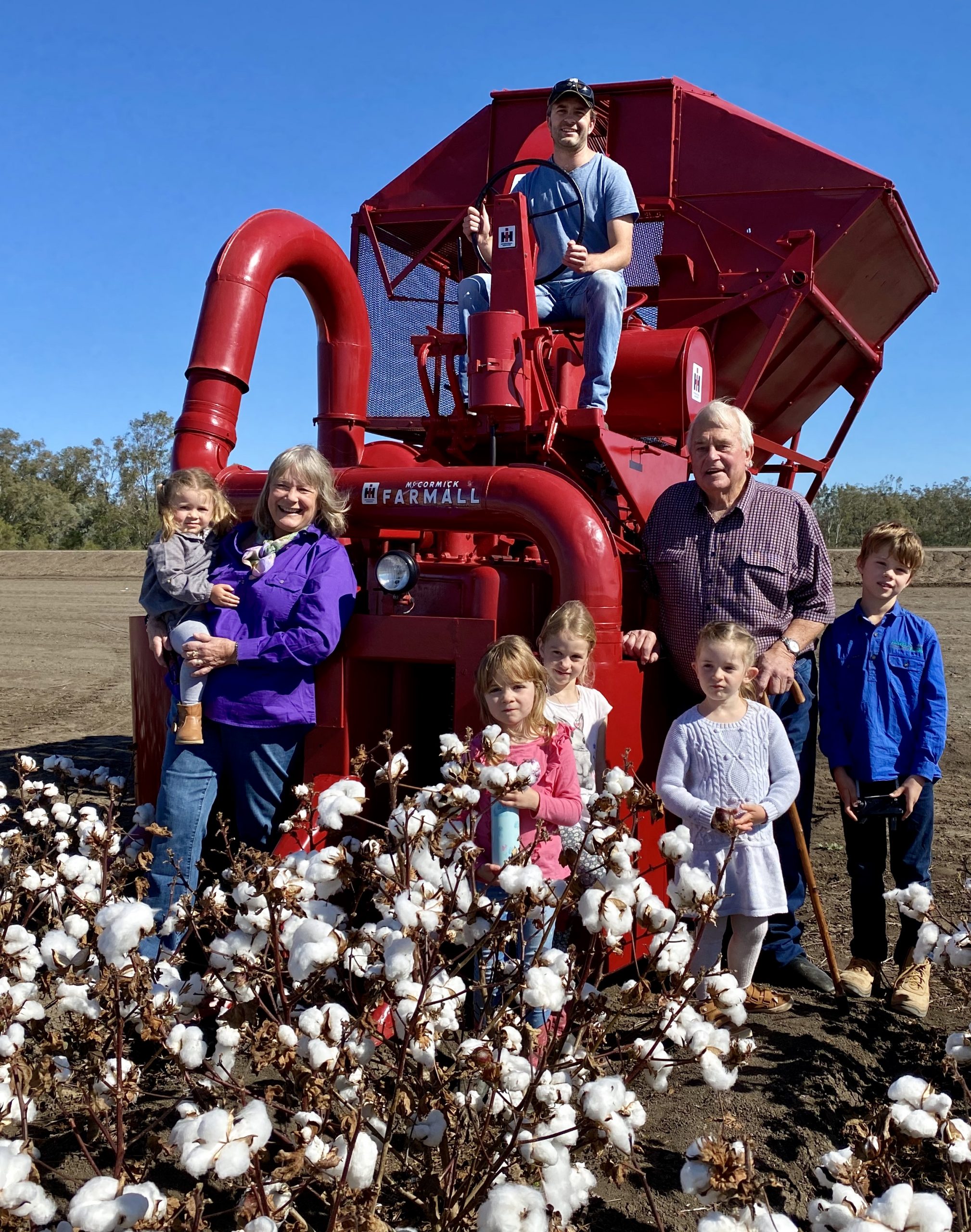
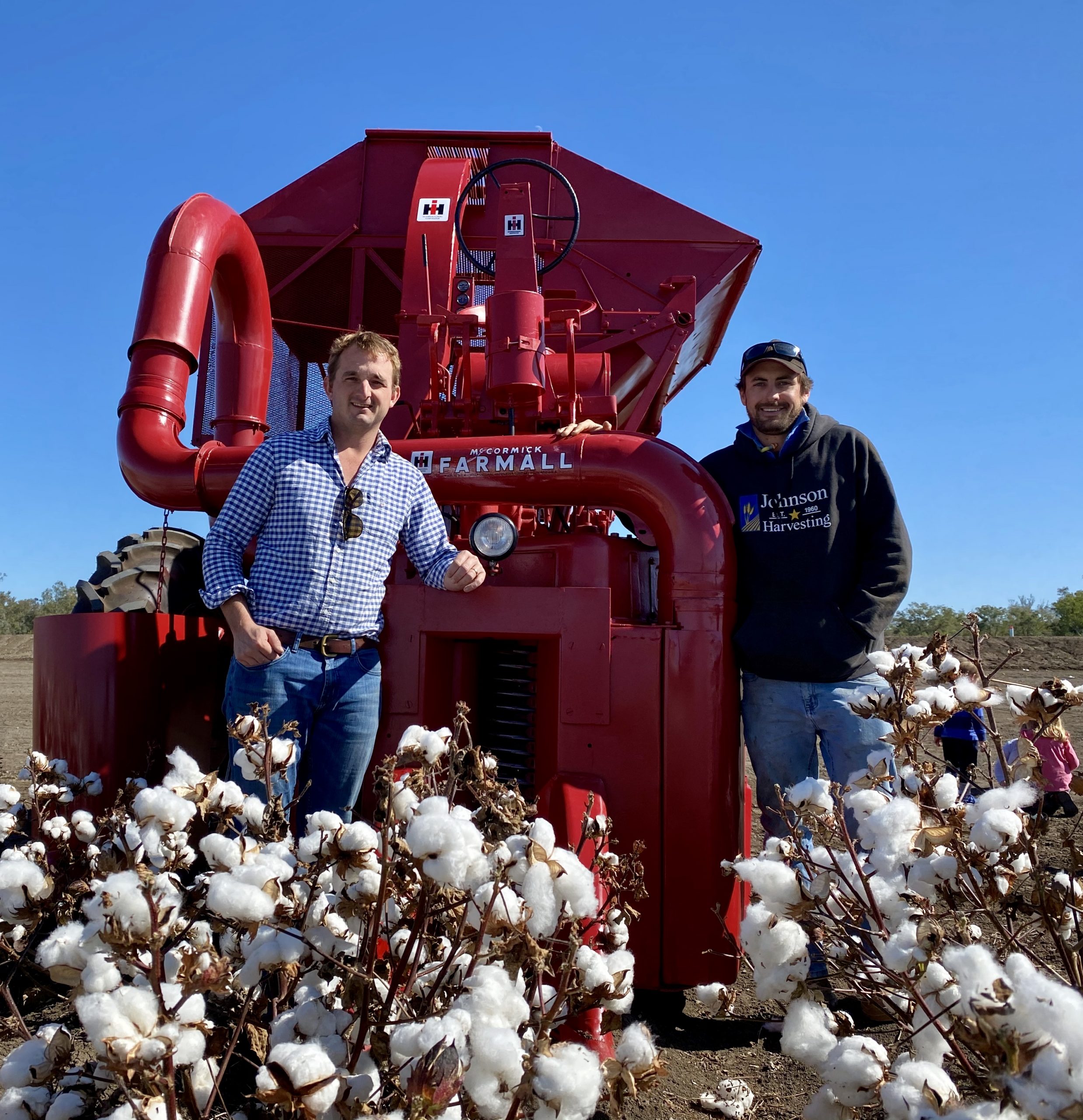
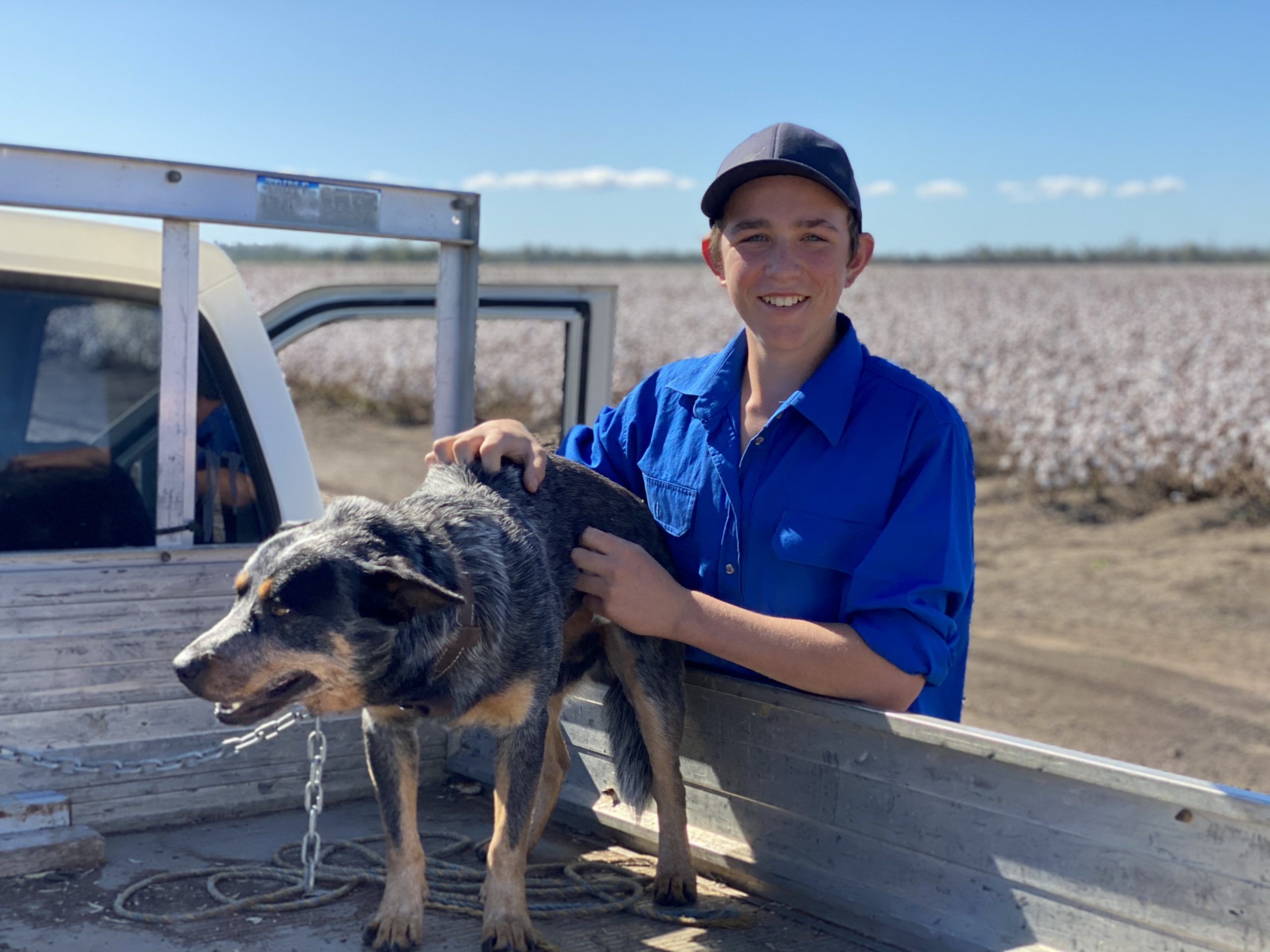
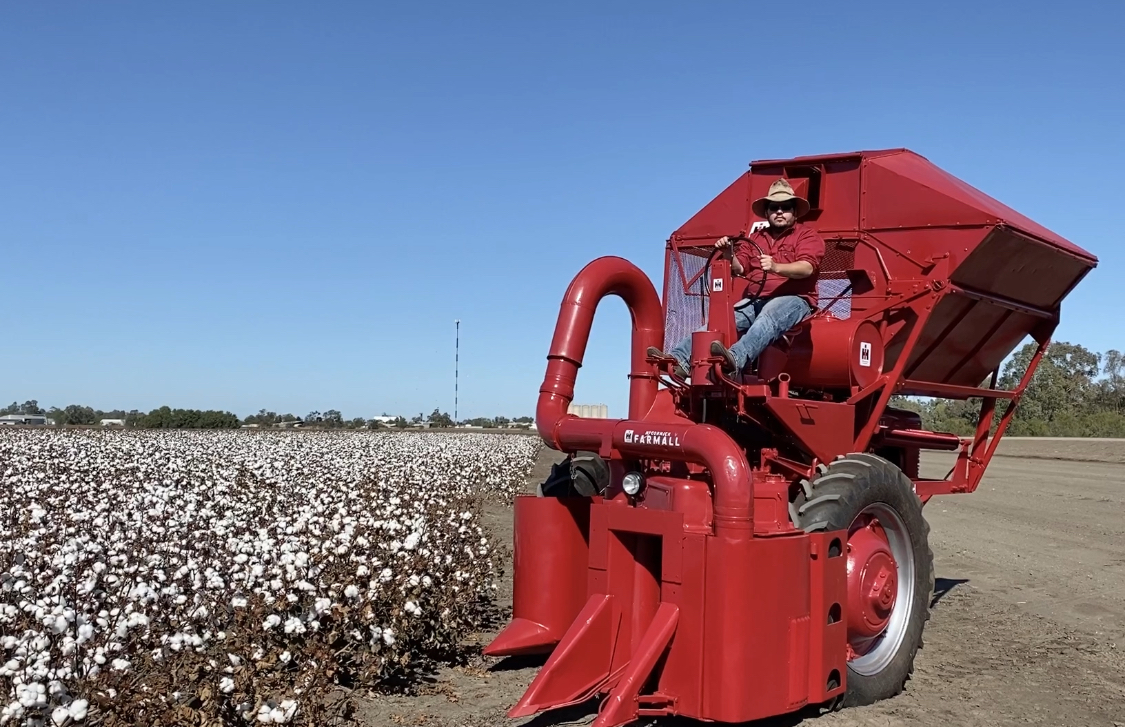
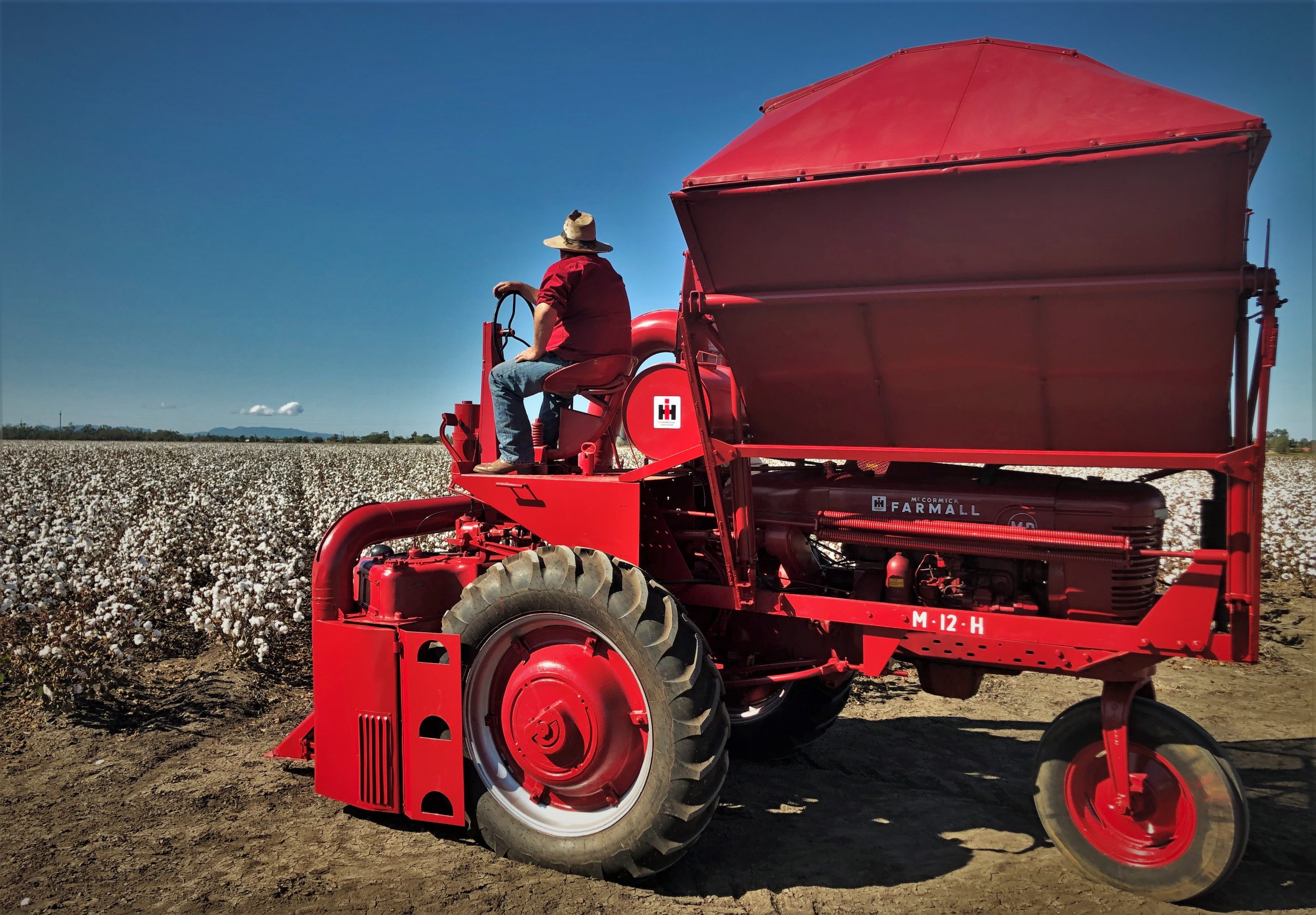
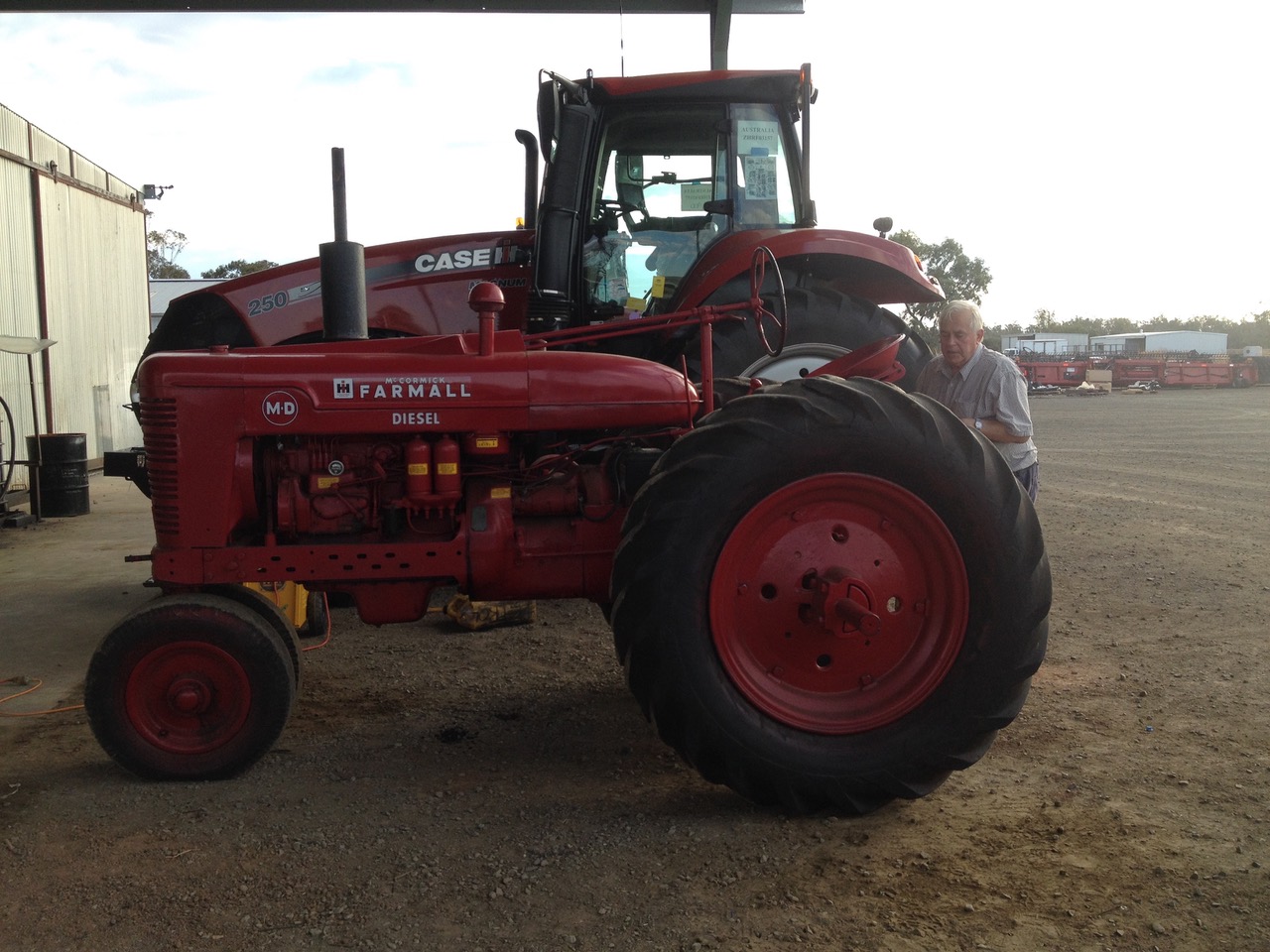

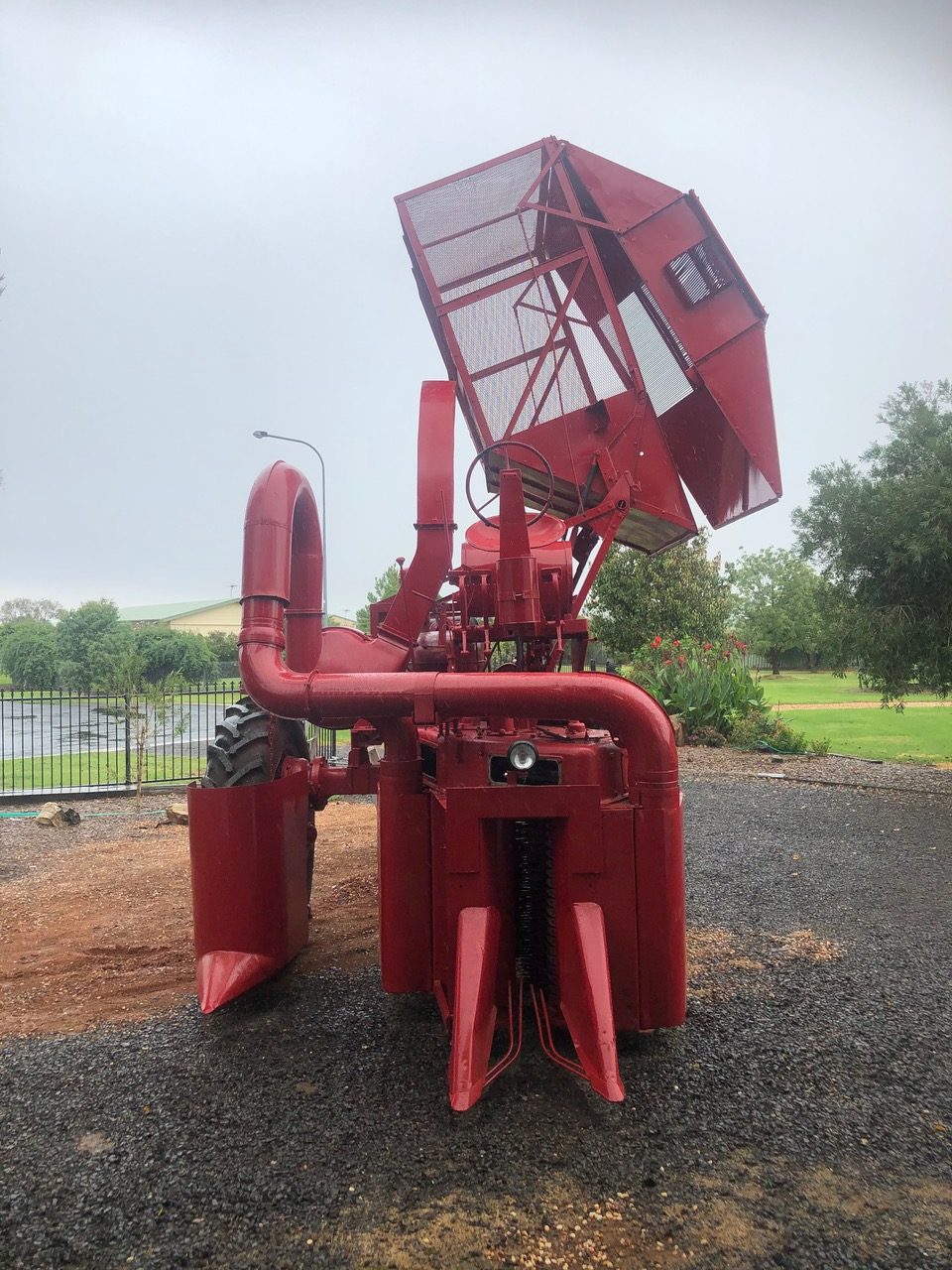
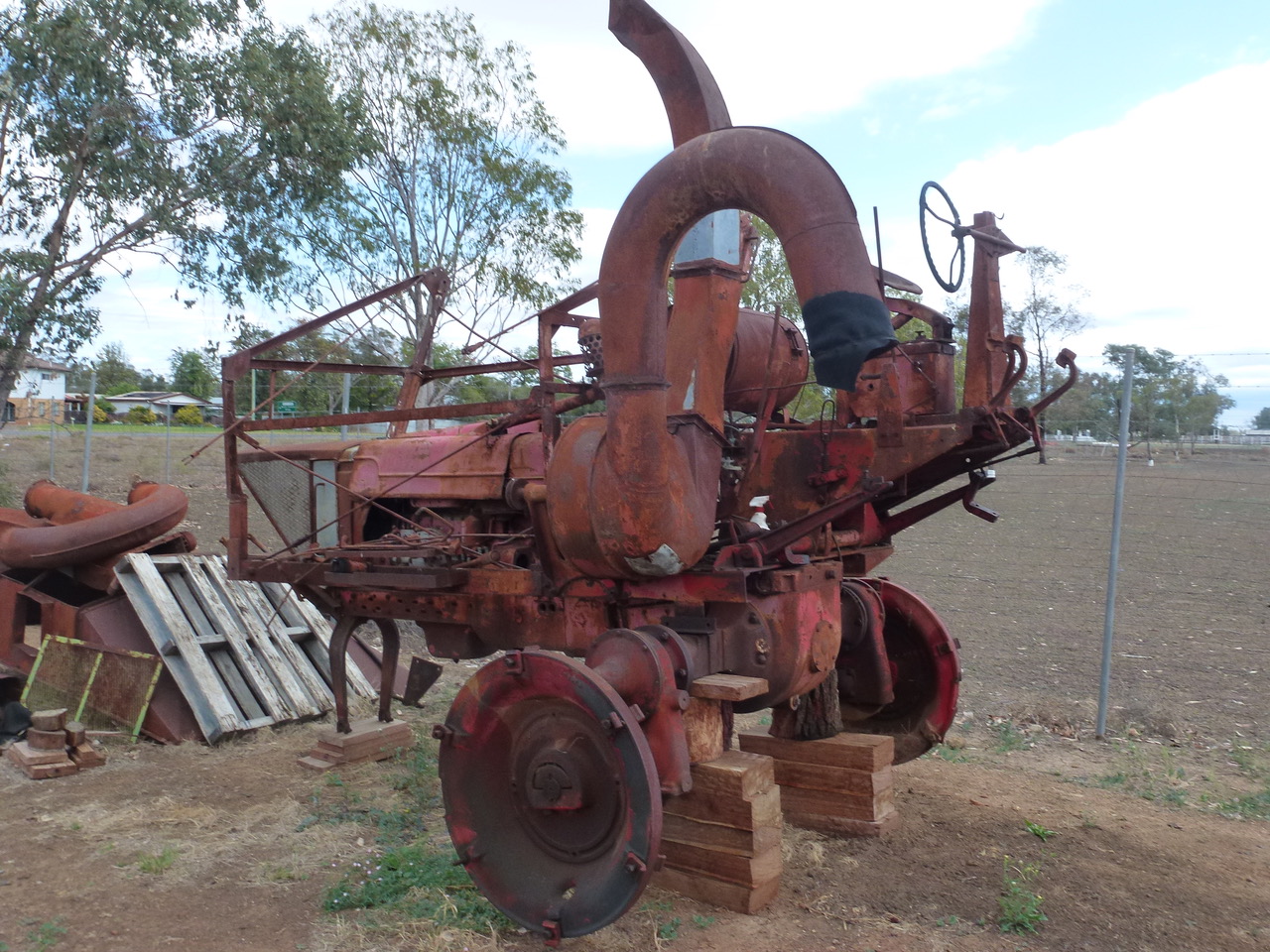
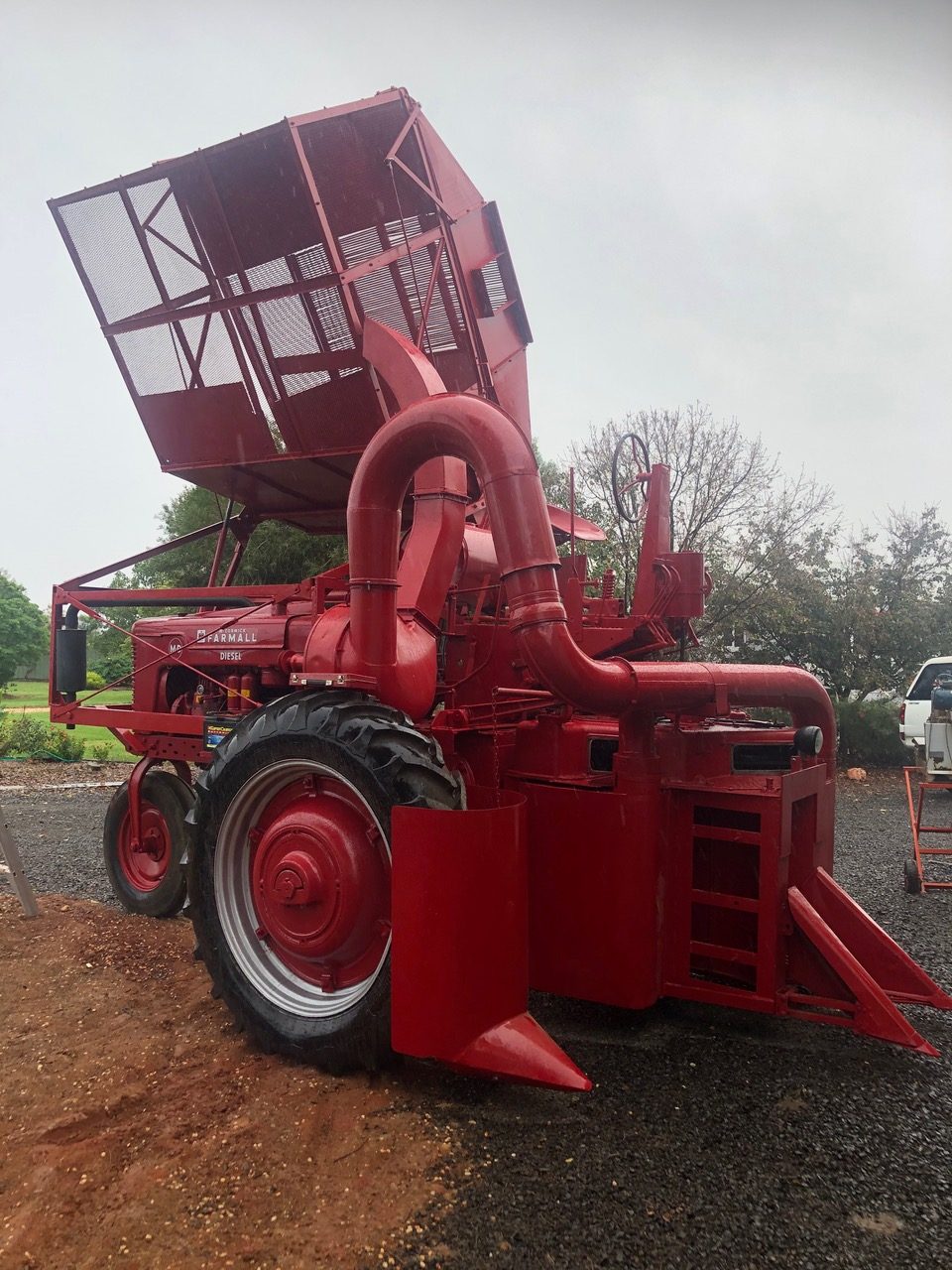
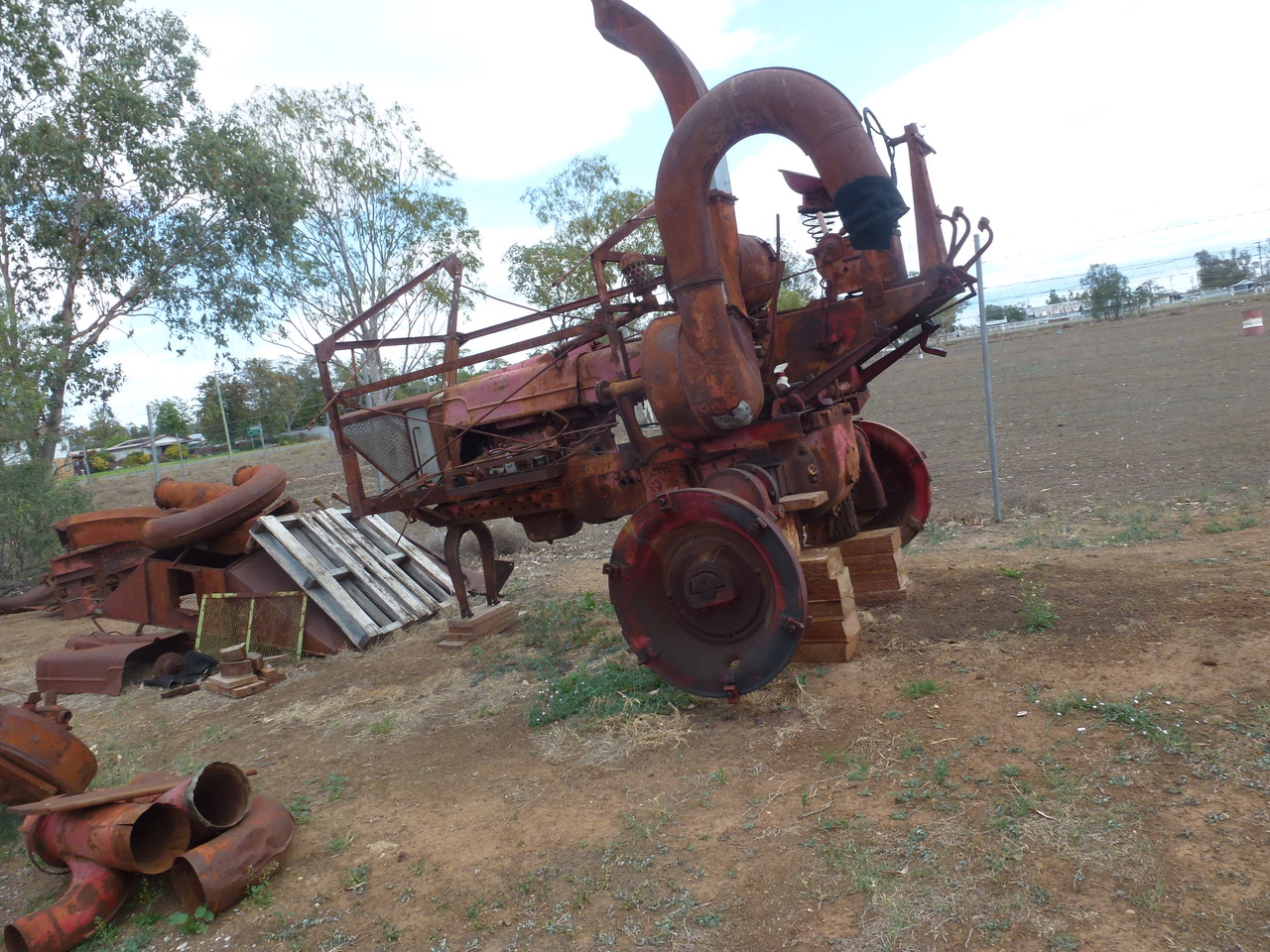
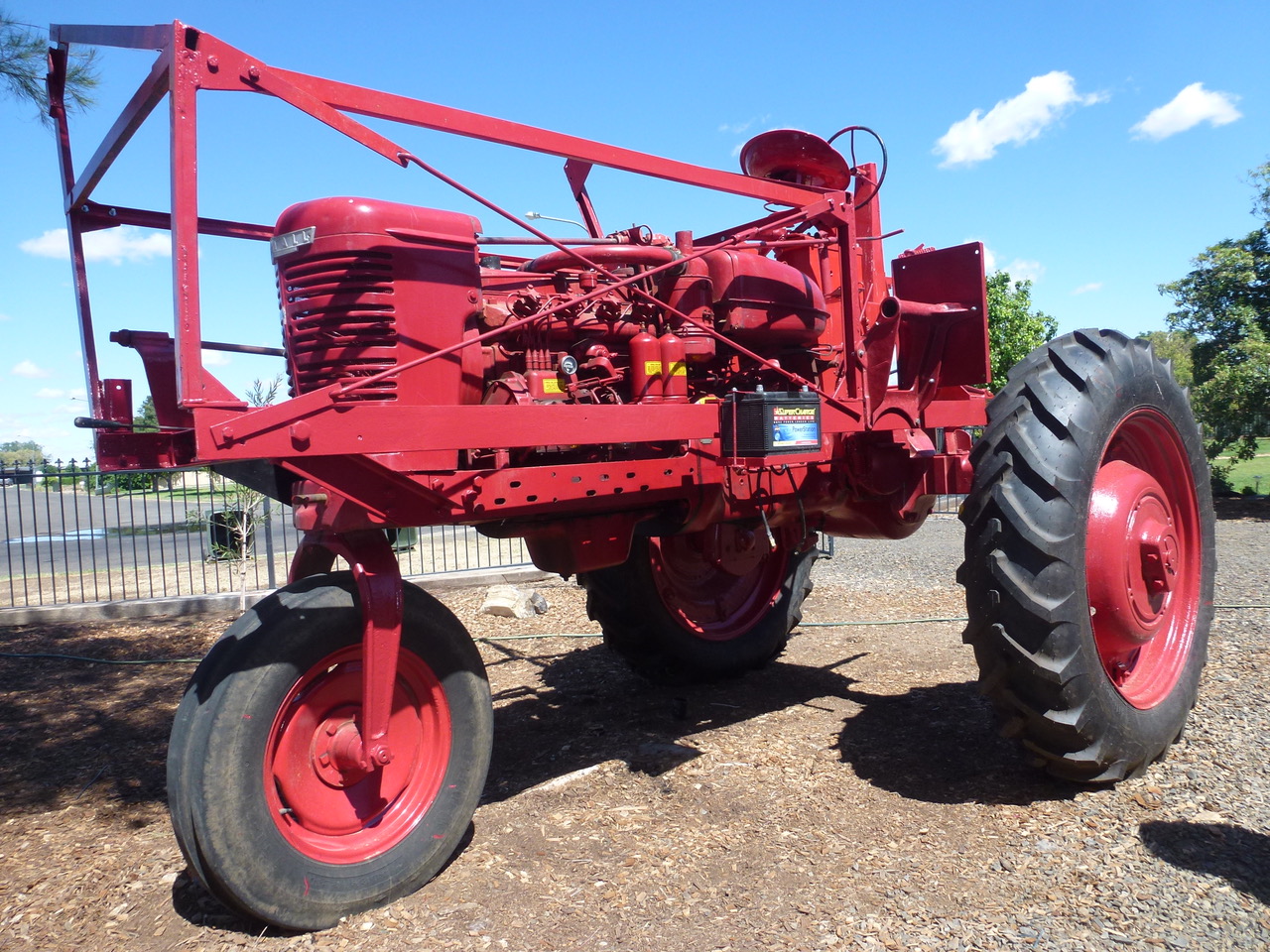
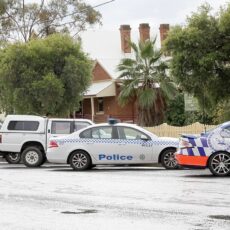
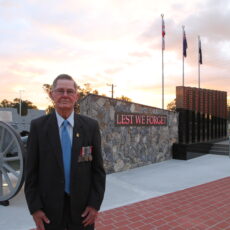
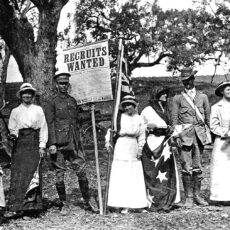
Great article The Courier.